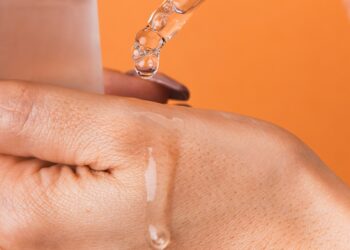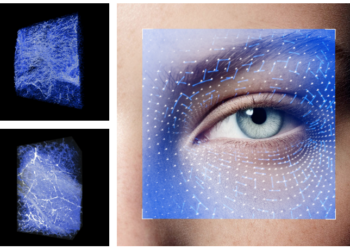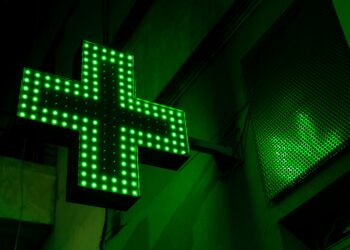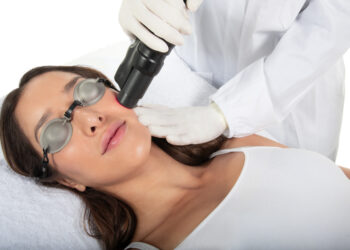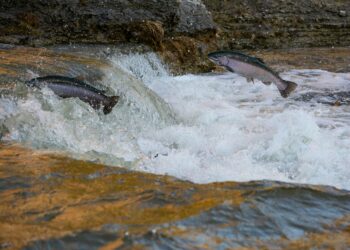 What does SPF 50 mean? How effective is it and what is the biggest difference between it and say, SPF 15+? We answer those questions and more in your ultimate guide to getting your facts on factor 50+ straight.
What does SPF 50 mean? How effective is it and what is the biggest difference between it and say, SPF 15+? We answer those questions and more in your ultimate guide to getting your facts on factor 50+ straight.
What does SPF 50+ mean?
Even though Australians have the highest rate of skin cancer in the world, we are the least protected. Only a year ago, our SPF ratings were reviewed and – in keeping with Europe– higher SPF factors are now available on Aussie shores.
A sunscreen’s Sun Protection Factor (SPF) represents the length of time that protected skin can be exposed to the sun’s UVB rays before it begins to burn. Higher SPF sunscreens, like SPF 50+, will protect 50 times longer than unprotected skin, when applied as recommended.
“SPF values assume that sunscreens are applied in amounts similar to the ones used in laboratory testing i.e. 2 mg/cm2,” points out Dr Michelle Hunt, Director, Inner Sydney Dermatology. “In reality, most people apply only a quarter to half this amount, and fail to reapply after 2-3 hours, so the actual SPF achieved is often much lower that the value on the label.”
The easiest way to look at it is in terms of percentages: SPF 15 filters out approximately 93% of UVB rays, SPF 30 keeps out 97% and SPF 50 keeps out 98%.“They may seem like negligible differences, but if you are light-sensitive, or have a history of skin cancer, those extra percentages will make a difference,” she notes. “And given that people do not usually apply enough sunscreen to achieve the labelled SPF, these differences are further amplified.”
New Australian and NZ sunscreen standards also require that for a product to be labelled “broad spectrum”, the UVA protection factor must be at least 1/3 of the SPF, so a higher SPF will also mean better UVA protection
The Application:
All sunscreens should be applied evenly to clean, dry skin 20-30 minutes before going in the sun, and re-applied every two hours or after swimming, towelling, exercising/sweating. Sunscreens should be applied after moisturizer. “One of the mistakes people make is not applying enough. Around two tablespoons (35-40 ml) should be applied to sun exposed areas,”
The Why:
“Both UVA and UVB damage the DNA in skin cells and suppress skin immunity leading to the formation of pre-cancers and skin cancers,” says Dr Hunt. “UVA penetrates the deeper layers of the skin, and exposure has been linked to an increased risk of melanoma and premature ageing of the skin.”
The Myths:
It’s a myth that you can’t get burnt if wearing an SPF 50 sunscreen, says Dr Hunt. As a general rule, the higher the SPF, the more protection against sunburn and skin damage, however, you can still burn while wearing SPF 50 sunscreen, she notes. SPF tells us how much longer we can be exposed to UVB without burning, compared to if we were not wearing any sunscreen. But it is almost impossible to convert SPF to an actual ‘safe time’ in the sun because of varying environmental factors such as latitude, altitude, day and time of year. “The other problem is that people generally don’t apply enough sunscreen and forget to re-apply after sweating and swimming so the actual SPF is usually a lot less than the tests indicate.”
The Must Dos:
- Look for an SPF 50+, broad spectrum, photostable sunscreen (that is water resistant if swimming etc.). Store below 30 degrees Celsius.
- Check the use-by date and discard 12 months after opening.
- Apply after moisturiser, and allow a few minutes to soak in before applying make-up.
- Insect repellents reduce a sunscreen’s SPF, so re-apply more often.
You might also like…
How to Choose the Best Sun Protection



